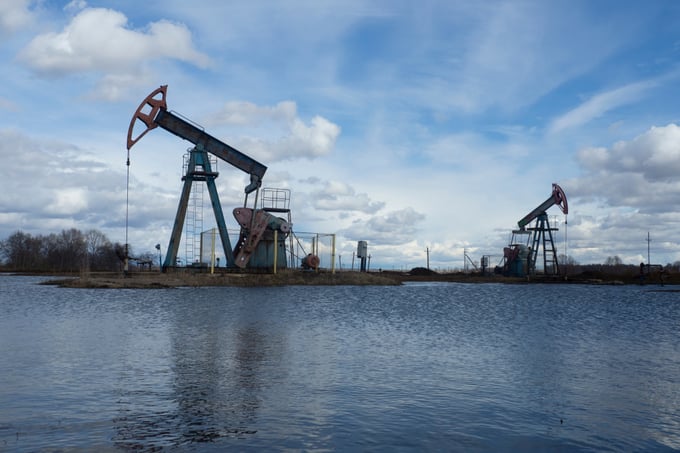Efficient management of configuration files through automation
Without knowing the exact sources and amounts of emissions, taking ownership of a plant’s environmental liability and prioritizing sustainability efforts will ...

Beam pump wells are critical to the oil and gas industry, and monitoring their performance is essential for productivity and minimizing downtime. One way to achieve this is through dynacard classification, which involves analyzing measurements of load and displacements in sucker rod pumps or beam pumps.
A dynacard classification system enables operators to detect problems as they occur and take appropriate action to mitigate issues. For instance, the system can detect a gradual increase in the probability of valve leakage, allowing operators to address the issue before it becomes critical. Similarly, sudden issues like pump tagging can be immediately identified, enabling a rapid response.
Establishing a dynacard classification system begins with data collection, where data is extracted from controllers on the beam pump site. This data is then transferred into the office domain, using technologies such as Open Platform Communication Unified Architecture (OPC UA) and Kepware.
The IPCOS team processed the data after successful data extraction to assure its quality and usefulness. Normalization procedures are then applied to enable comparisons between different beam pumps. Furthermore, feature extraction is implemented to simplify the classification algorithm through the incorporation of domain knowledge.
In the next phase, the IPCOS team used the resulting data set to train different machine learning algorithms. A gradient-boosted decision tree algorithm using the XGBoost library was eventually selected. This classifier determines the probability of various states - normal, gas interference, fluid pound, among others - for each dynacard.
The results of the classifier are integrated into an existing Exception Based Surveillance (EBS) portal, visualizing the state of a single well or across multiple wells. It aims to offer insights into the operating conditions of each beam pump and the overall state of a field.
The final step in setting up the system is event-based alerting. Utilizing OSIsoft's Asset Framework (AF) technology, an event-based monitoring system is established. This system alerts operators of anomalies or altered states in beam pumps, allowing for early intervention.
A significant challenge in this project was annotating unlabeled data. Initially, the dataset had 200,000 unlabeled dynacards across 250 wells. A sufficient amount of this data needed to be labelled to train the classifier. This was accomplished using a semi-supervised algorithm.
Dealing with imbalanced and noisy data presented another hurdle. The dataset was heavily skewed, with normal cards constituting the majority. Developing a method to filter out noisy dynacards and maintaining sensitivity to rare conditions became necessary.
Lastly, the simultaneous occurrence of various issues in beam pump wells necessitated prioritization. This also required the development of a mechanism to detect multiple issues in a single dynacard.
The dynacard classifier provides fast detection of anomalous working conditions of beam pump wells. By integrating its results into the EBS portal used by the operators, corrective actions were taken quickly and effectively, improving productivity and minimizing downtime. In the next phase, the classifier’s output will be used in reporting, providing an overview to the management and supervisors of the current state of the different fields.
Download this Trend Report tailored for the process industry. It contains 4 other topics that should not be missed and how businesses can ride the trends to meet the challenges ahead.